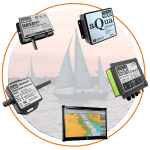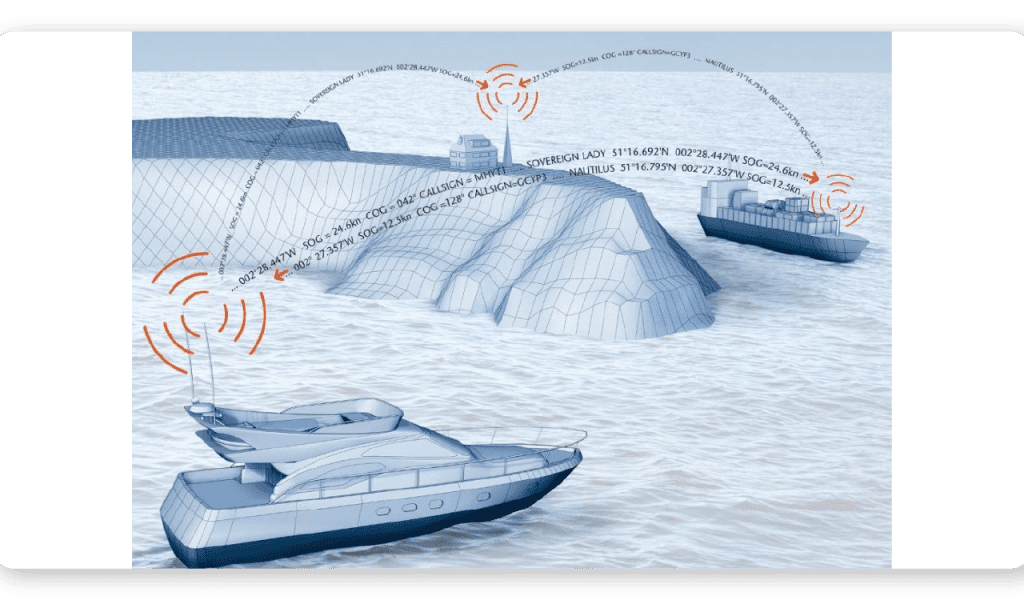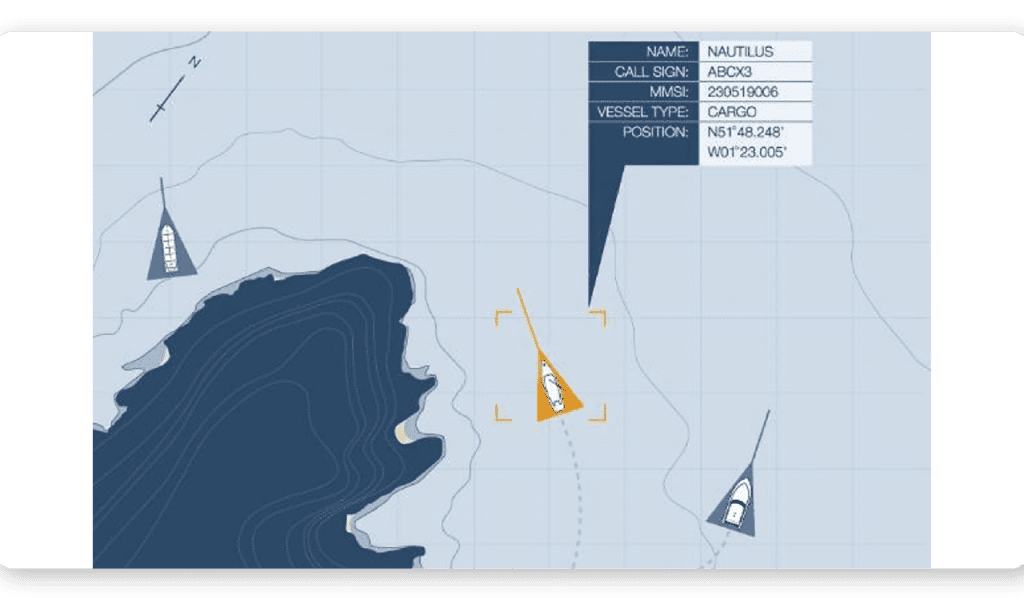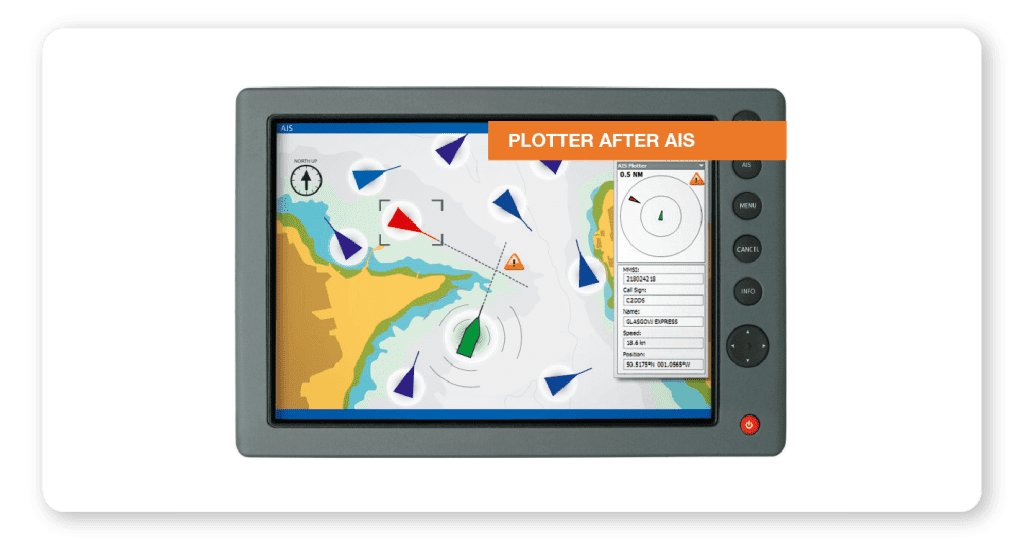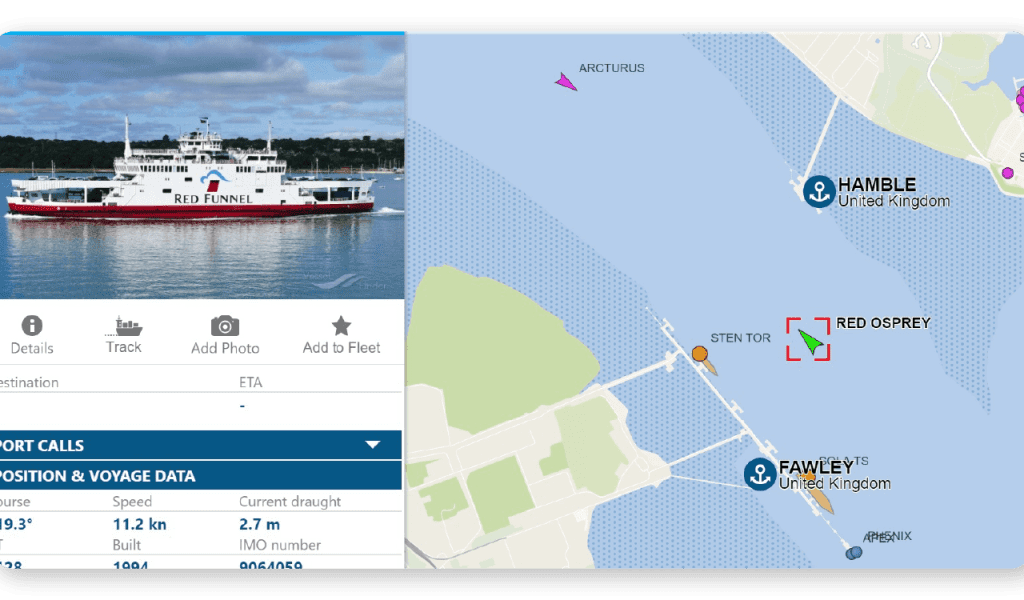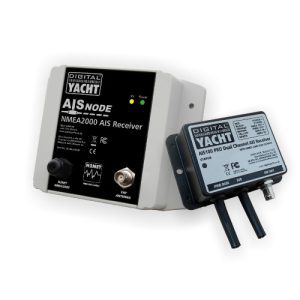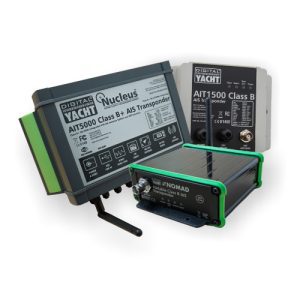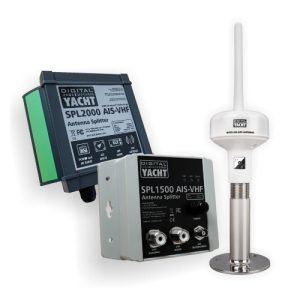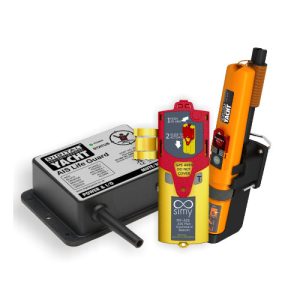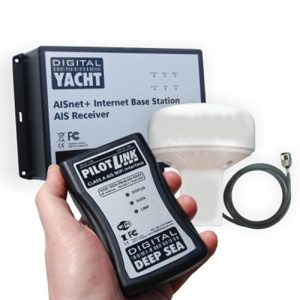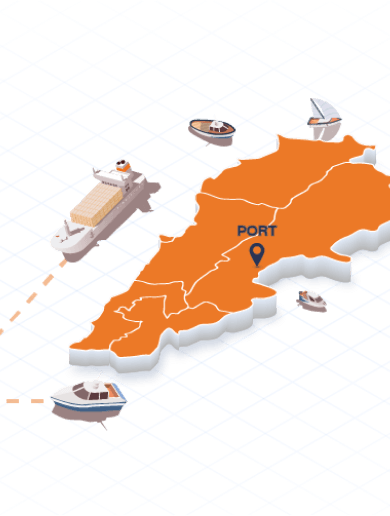
What is AIS?
Benefits of AIS
Types of AIS
Class B AIS Transponder is for recreational craft installation and is a simplified, lower powered 2W transceiver which is normally a black box and uses a connected chart plotter to display local AIS targets. It transmits every 30 seconds regardless of vessel speed and can’t transmit additional data like destination port.
Class B+ AIS Transponder (also called Class B SOTDMA) is a new standard that utilises SOTDMA format transmissions which offer a 5W power output (2.5 x more powerful than a regular Class B), a guaranteed time slot for transmission in busy traffic areas and faster update rates depending upon the speed of the vessel. It’s ideal for ocean sailors requiring the best possible performance and future proof satellite tracking applications, fast power boats and smaller non-mandated commercial vessels.
Class A AIS Transponder must have a dedicated (and type approved) display to show the location of nearby AIS targets and transmits at 12.5W. Data is sent at up to every 2 seconds depending upon the vessel speed and the display also allows for data to be inputted to the transmission such as vessel destination. A Class A device is normally used on commercial vessels as its Type Approved to IMO specifications.

ATON (Aids To Navigation) is an AIS transceiver specifically for use on marine infrastructure and buoys to provide real time hazard alerts as well as live monitoring data such as weather, sea and lantern status. ATON transmissions can be displayed on compatible chart plotter and ECDIS systems and allow a buoy or structure to be positively identified as well as the ability to display local wind, tide or metrological data.

AIS SART (Search And Rescue Transmitter) is a homing beacon designed for use in an emergency. When activated an AIS SART transmits its GPS position using AIS in a special SART message. This message is recognised by the AIS display systems on other vessels (and potentially on shore) as an emergency message and generates an alarm.
An AIS SART can be used to locate a life raft or lifeboat in an emergency situation. Available in vessel versions (SART) or personal versions (PLB) with the difference being size and range. An AIS SART with its position close to the waterline and limited 2W output would typically have a maximum range of 5-6NM. A PLB device would typically have a range of 2-3NM.

AIS base stations are fixed (non-mobile) stations that port authorities use to monitor and control vessel traffic. Major ports and harbours install these systems to give additional control over local AIS users. These base stations can also control other AIS devices with the ability to turn other AIS devices on or off, reserve time slots for special transmissions, control which time slots mobile AIS devices use and even control the power level of AIS transponders.
 United Kingdom
United Kingdom United States
United States France
France Australia
Australia Germany
Germany Spain
Spain Europe
Europe


